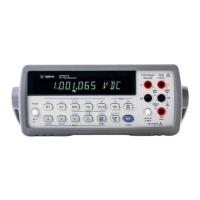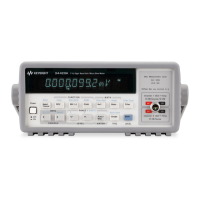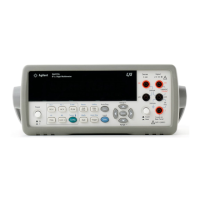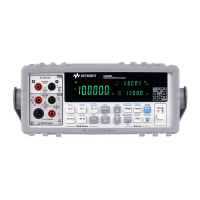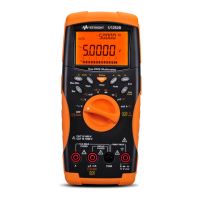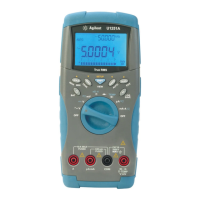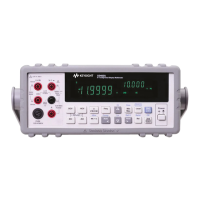322 Appendix D Optimizing Throughout and Reading Rate
the speed of testing. For example, in many systems accuracy can be traded for
speed; or flexibility in timing the measurement can lead to real increases in the
rate of rms AC measurements with good accuracy. The set of trade-offs one may
make with the 3458A Multimeter is covered in detail in this Product Note.
Maximizing the Testing Speed
Program Memory The speed of the testing process can also be maximized by tailoring the
communication path between the 3458A and the computer. The dmm is generally
the fastest instrument in the system; hence to perform a series of measurements,
the computer may be compelled to take more time with other instruments. Several
features of the 3458A Multimeter allow the allocation of measurement tasks to
be split optimally between the computer and the dmm. Its unique, non-volatile
Program Memory allows sequences of measurement to be performed dynamically
using external events such as external, auxiliary, or GPIB
1
triggers to step through
the measurement sequence. In addition, using Program Memory, complete
measurement sequences can be programmed and initiated from the front panel for
standalone operation without a controller.
State Storage State Storage permits a static instrument state to be totally defined and recalled
from memory with a simple program command. In addition, the 3458A transfers
high-speed measurement data over GPIB or into and out its standard 10,000 (or
optional 75,000) Reading Memory at 100,000 readings per second.
Reading Analysis Additional flexibility is provided by the 3458A's capability to perform data
analysis internally to speed throughput and still give you the data you need for
statistica1 quality control or for simple limit checking. Program Memory can
perform the pass/fail math function and alert the computer to out-of-limits
measurements with an interrupt flag. Alternatively, the many available math
functions may be used to post-process the data acquired in memory, without loss
of the maximum reading rate. These include statistical functions (mean, standard
deviation, maximum, minimum, number of readings), dB and dBm, thermistor
linearization, RTD linearization, scale, filter functions, and others. The choice of
whether to perform data analysis in the computer or in the dmm depends on the
testing task and the convenience offered to the user by having these analysis
functions available with a simple programming command.
Task Grouping and
Sequence
Further gains in test throughput can be obtained by tailoring the measurement
sequence to group similar measurements together, thus minimizing the number
of instrument configuration changes between measurements. Custom programs
written without the aid of automatic program generators can be so structured.
Program generators are usually optimized for ease of programming and offer a
simplistic approach to the testing task that lets you choose limits for each group
of tests but do not necessarily group the tests for the fastest throughput. Functional
test management software like the FTM300 allows the tests to be customized for
1. GPIB is an implementation of the IEEE Standard 488 and the identical ANSI Standard MC1.1 "Digital
interface for programmable instrumentation "
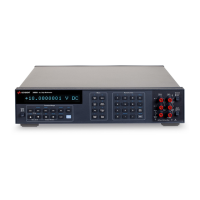
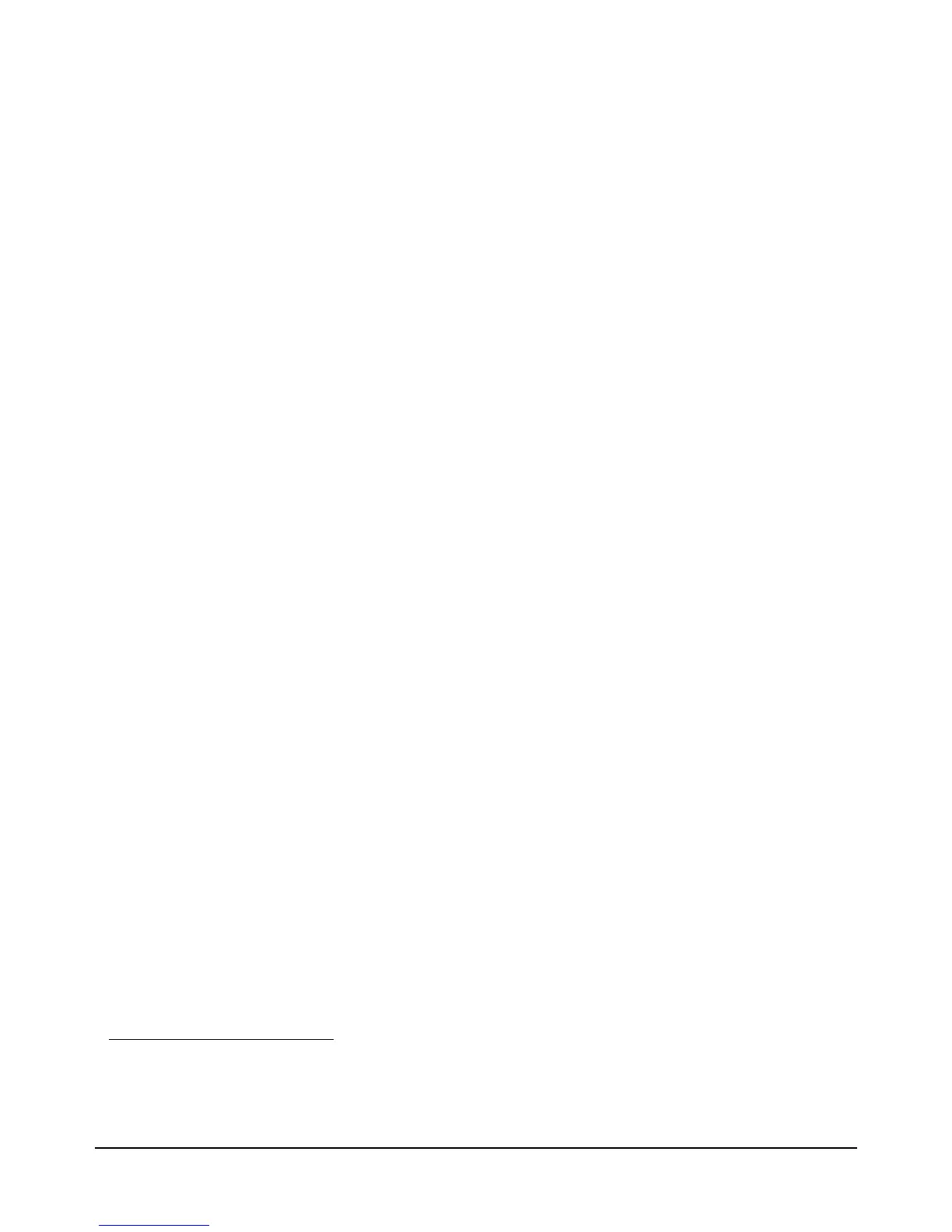